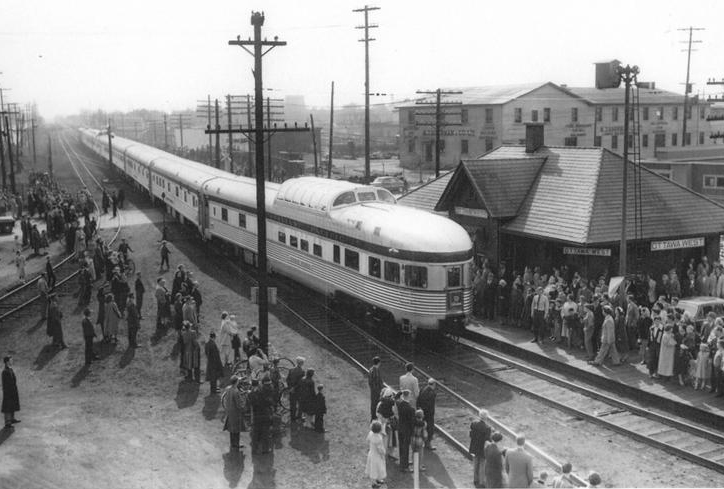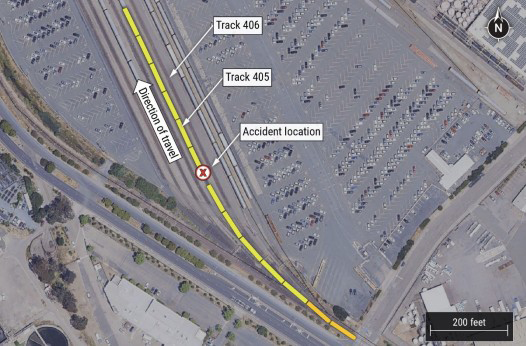WALBRIDGE, Ohio – A CSX Transportation carman killed early Sunday morning when he was struck by moving equipment in Walbridge Yard.
CSX identified the carman as Fred Anderson, 56, who had worked for the railroad for 19 years. He is survived by his wife and an adult son, CSX CEO Joe Hinrichs wrote in a message to employees.
The accident – the third fatal incident in a CSX yard since June – occurred at around 3:40 a.m. in the yard near Toledo.
“We will work closely with authorities to review every detail of this incident and understand how similar instances can be prevented from occurring in the future,” Hinrichs wrote. “This heartbreaking event serves as a reminder of the importance of always prioritizing safety in all we do. Each one of us plays a vital role in ensuring the well-being of our ONE CSX family. Let’s honor Fred’s memory by continuing to strengthen our efforts to create a safe and supporting work environment.”
“Our understanding is that this fatality [involved] a remote-control locomotive. If so, this would mark the third Carman fatality involving remote-control locomotives,” Transportation Transportation Communications Union & Brotherhood of Railway Carmen National President Artie Maratea said in a statement. “Railroading is a dangerous environment, and there’s long been a culture of watching out for each other. But when headcounts have been cut to the bone, who’s left to watch your back?”
The union called for a review of the use of remote control locomotives.
The National Transportation Safety Board is investigating the accident.
In June a CSX conductor trainee died after falling from a moving railcar in Baltimore. A conductor trainee died in Cumberland, Md., in August after being pinned between a freight car and a locomotive during a shove move in the yard.














Which railroads had the other two RC locomotive fatalities? Unless I am misremembering, the other two yard CSX fatalities had manned locomotives.
This is a very interesting observation about RC locomotives. Three fatalities involving these units in a year is a startling statistic. Of course, this does not automatically indicate that the remote control units were the cause, but it surely deserves a careful examination. As far as I am aware, the primary reason for using RC units in yards is for a reduction in staff.
I spent my entire working life around and maintaining radio control locomotives and overhead cranes.
They are safe when properly applied for the application they are being used for, I had seen them misapplied in the urgency to reduce the workforce. It is 100% correct that they are primarily for labour reduction, however in certain circumstances they actually make the task safer since the operator is right there in clear sight of the task at hand. The engineer/operator had probably more onus on them since they were the only eyes but also had a much clearer view when procedures were 100% followed.
I’m not so sure from my experience R/C in a rail yard is a good fit, to many blind spots, however in a shop environment it should be fine.
Our locomotive engineers had to be on the end facing the direction of travel, no exception. The cars, mostly torpedo cars had a safe platform for them to stand while operating in a reverse direction.
Mr. Salisbury, your experience and observations are correct. However, this tragedy involved a car inspector who is not part of the crew.
That’s exactly what I’m referring Thomas, not being a member of the crew becomes extremely problematic since the R/C engineer was most likely unaware of the presence of the carman. Middle of the night, lighting conditions, shadows, blind spots, poor communication the list goes on and on.
Sad situation, may he rest in piece.